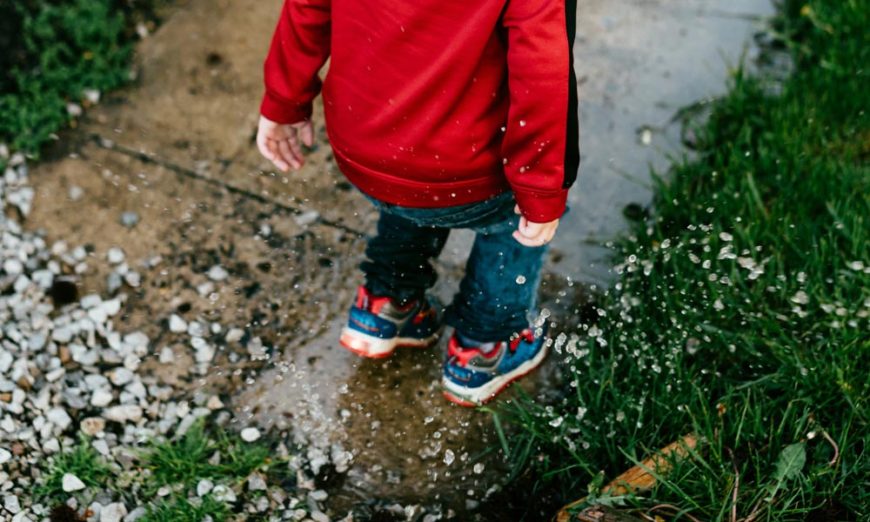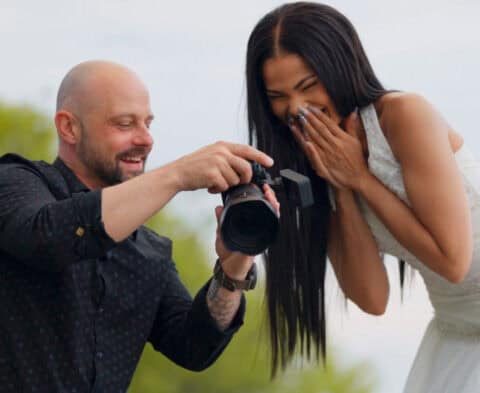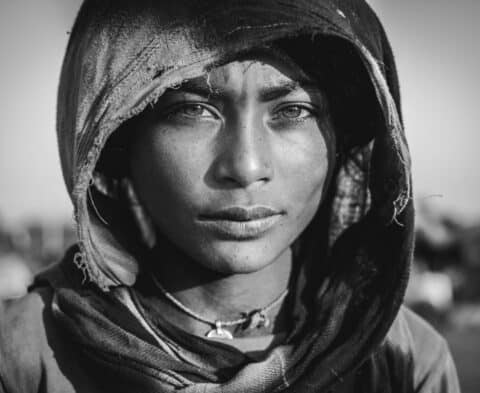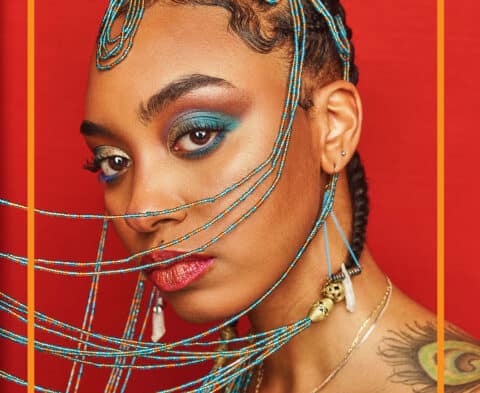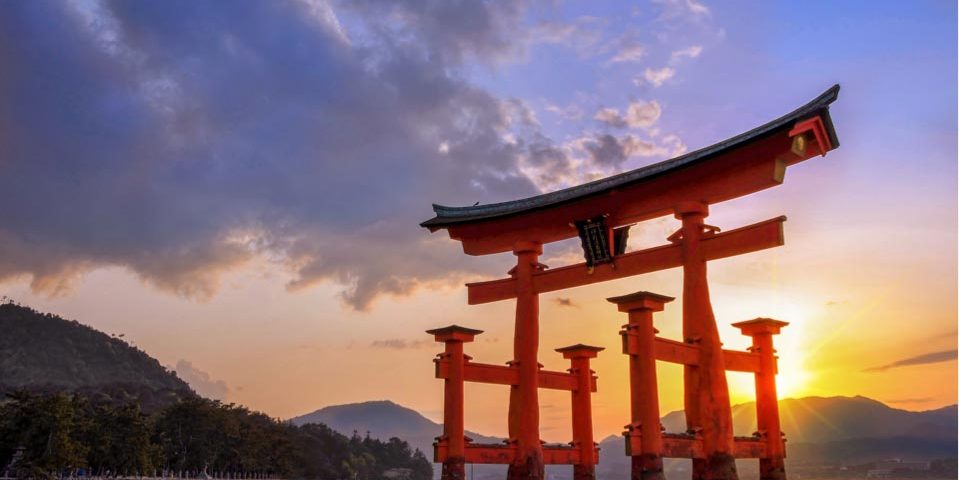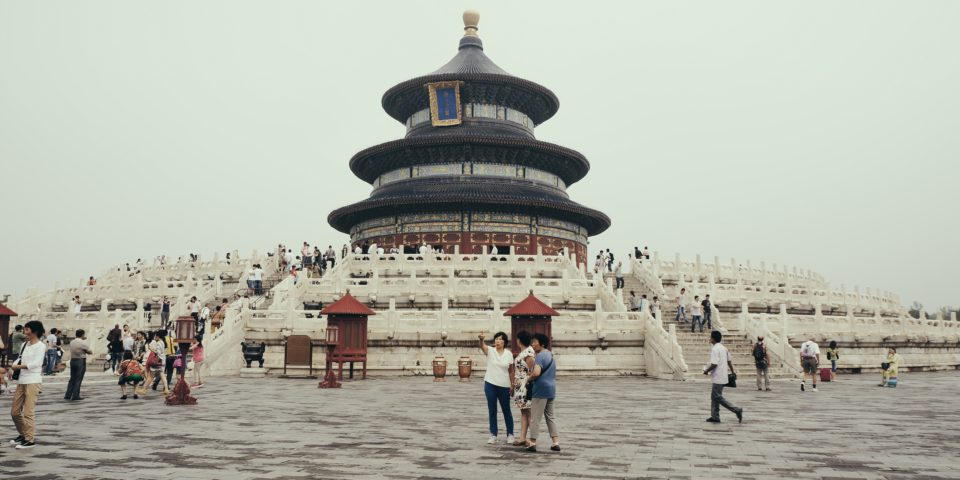Rainy Days Make Great Portrait Days
How would you like your portrait photography to stand out more? Would you like the most lovely and rich lighting that really pulls details out of the shadows while keeping the highlights in check?
Cool! That’s what you can do on a rainy day!
It’s really easy to shoot portraits inside. We’ve provided a number of articles on lighting and positioning for indoor portraits, but this time we are going to use the rain to our advantage.
Gear for Working in the Rain
Many people won’t go out to photograph in the rain thinking it’s bad. Not so! In fact, shooting in a soft rain provides a look unattainable any other way. You probably have most all the kit you need already and if not, adding the missing pieces is easy!
Here’s a guide list:
- Weather protection for you and your subject
- Weather protection for your camera and your lens
- Lens hood
- Tripod
- Small collapsible reflector
- Weather protection for your flash
- Lightweight collapsible light stand with flash mount attachment
- Radio transmitter and receiver for flash
- Gaffer Tape (face it, gaffer tape is on EVERY list)
Many cameras and lenses today are weather sealed but even if yours is not, a clear plastic leaf bag does a great job and you don’t care if it gets wet. If you have a smaller camera or use an Interchangeable Lens Camera (ILC) without a battery grip, you can get rain covers at Henry’s if you wish. My
gear is larger and does not fit, so I carry a few clear plastic bags in the car and in the camera bag. I fit the camera and stuff in beforehand and cut a hole for the front of the lens. I always use a lens hood, and you should too. Just poke the hood through the hole and secure the bag with the oh so sophisticated elastic band. I bought a bag of those ponytail ties in a bright colour and just keep them in the camera bag. They work a charm, and I have never snapped one.
Keeping the camera and your hands in the bag, you just make the shots as you like. You can also make a cut for your eyepiece, or even the LCD panel. If you do the LCD, use some pieces of gaffer tape to seal the bag to the camera back. Super easy and no worries about the camera getting wet. You should dress appropriately too.
Your subject can wear a light raincoat or jacket with a cap, or an anorak with a hood. Just keep the hood far enough back that it doesn’t cast a shadow over the eyes. If the hood or cap has a long
bill you can have the subject hold a collapsible reflector like this 20″ one from Westcott in the link, just below the camera view to toss some light back up. These popup reflectors are very cheap and can easily handle getting a bit wet.
If you do not have radio controllers for your hotshoe mount flash, you will want a set. If you already have a flash, that’s good, but if not, the Godox TT685 is available for different camera brands.
The Godox flash has a built-in radio receiver, but if you have a different flash you will want a transmitter and a receiver. I have tested lots of these things and have proven the Godox stuff to be super reliable even under high volume shooting scenarios.
Tip #1 – A Soft Rain is very Effective
Shoot while it is raining. The raindrops will provide an amazing diffusion filter effect with a slower shutter speed that looks awesome. No flash for this one, just put your camera on a tripod and try to shoot between 1/15 of a second and 1/60 of a second. The falling rain blurs out and you get a really pretty effect.
Tip #2 – Shoot Through a Window
If your subject doesn’t want to go out in the rain, place the person at a window. Do make sure that the glass is clean on both sides of course. Let the drops build up on the glass a bit, and have the subject keep their face about three inches away from the glass. Focus on the closest eye and use a larger aperture for shallow depth of field, just enough for the glass and the eye to be sharp. Try different ISO settings to vary your shutter speed with the fixed aperture to get different rain water effects.

Tip #3 – Shoot Right After the Rain Stops
This is typically one of the most beautiful looking light sources available. You want to work quickly, typically within 15 minutes of the rain stopping for the best effect. There will still be a fair bit of moisture in the air, but it will be very small, and will offer a lovely softening effect. Sometimes you will get a sunbeam, right after the rain stops. The moisture in the air will filter some of the blue light if the sunbeam is direct and you will get a really nice warm tone but shoot quickly because that light will not stick around.

Tip #4 – Look for Rainbows
Rainbows, or partial rainbows make for very nice framing or environmental elements. If you see one, shoot for the right exposure for the rainbow, and if the exposure is too dark, turn on your flash in TTL mode and set the flash exposure compensation to -1. This will give you a nice little fill of light on the subject but have no effect on the rainbow.
Tip #5 – Always have your Flash
Your flash is a portable sun. If the light is too blue or the background a
bit too grey, or even a bit boring, use your flash. Set the flash to TTL and either bounce it into your reflector or use a flash light shaping tool like a Rogue Flashbender or MagBounce. Play with flash exposure compensation and ambient exposure compensation to get the balance of flash and ambient exposure that you want.
If the rain is falling, just be sure to put a clear bag over your flash.

Tip #6 – Warm Up Skin
You’re still using your flash as in Tip #5 but now you are going to add a gel to the flash to warm it up. You can buy kits of gels, but I have a simple suggestion. From your Henry’s professional, order a sheet of Lee ¼ CTO gel. They cost less than $15 and from the sheet cut several pieces the same height as your flash tube front and twice as wide. Use your hairbands or elastics to strap the gels to the front of the flash. If one gel is not warm enough, just layer up more of the gels until you get the look that you want!
If you really want to play with skintones and flash, get a few other sheets of gels. Next try a Lee Cosmetic Peach. These gels are nice for subjects with darker skin because they are less yellowish and so more flattering. If your subject has very pale, near white skin, consider a Lee Pale Gold gel. Most stores do not stock the gel sheets, but they can be ordered in very quickly. You can of course, also get them through the online store.

Tip #7 – Enhance the Shadows
This is a bit of an advanced tip and you will want some way to anchor your reflector in place on the stand. A spring clamp or gaffer tape works well. Place your reflector on the same side you want to create shadows, such as to highlight cheekbones with the black side facing the subject. Move the stand until you get the look that you want. It’s surprising how powerful this effect can be.
Tip #8 – A Portable Backdrop
Sometimes the background isn’t that great – even the beauty of rain can’t help. No problem, you can use a pop-up background. They are made of fabric so they can get wet, and be wiped down with a towel, but they are not suited to high winds or downpours. Go with something subtle without a heavy pattern and always weigh the stand down with your camera bag or a sandbag.
These things are better suited to indoor work, but I’ve used them outdoors with success.
Conclusions
A rainy day is a great day to shoot. If you look out and see rain, think portrait! Then go make images that stand out from the crowd because you chose to think and see differently!
